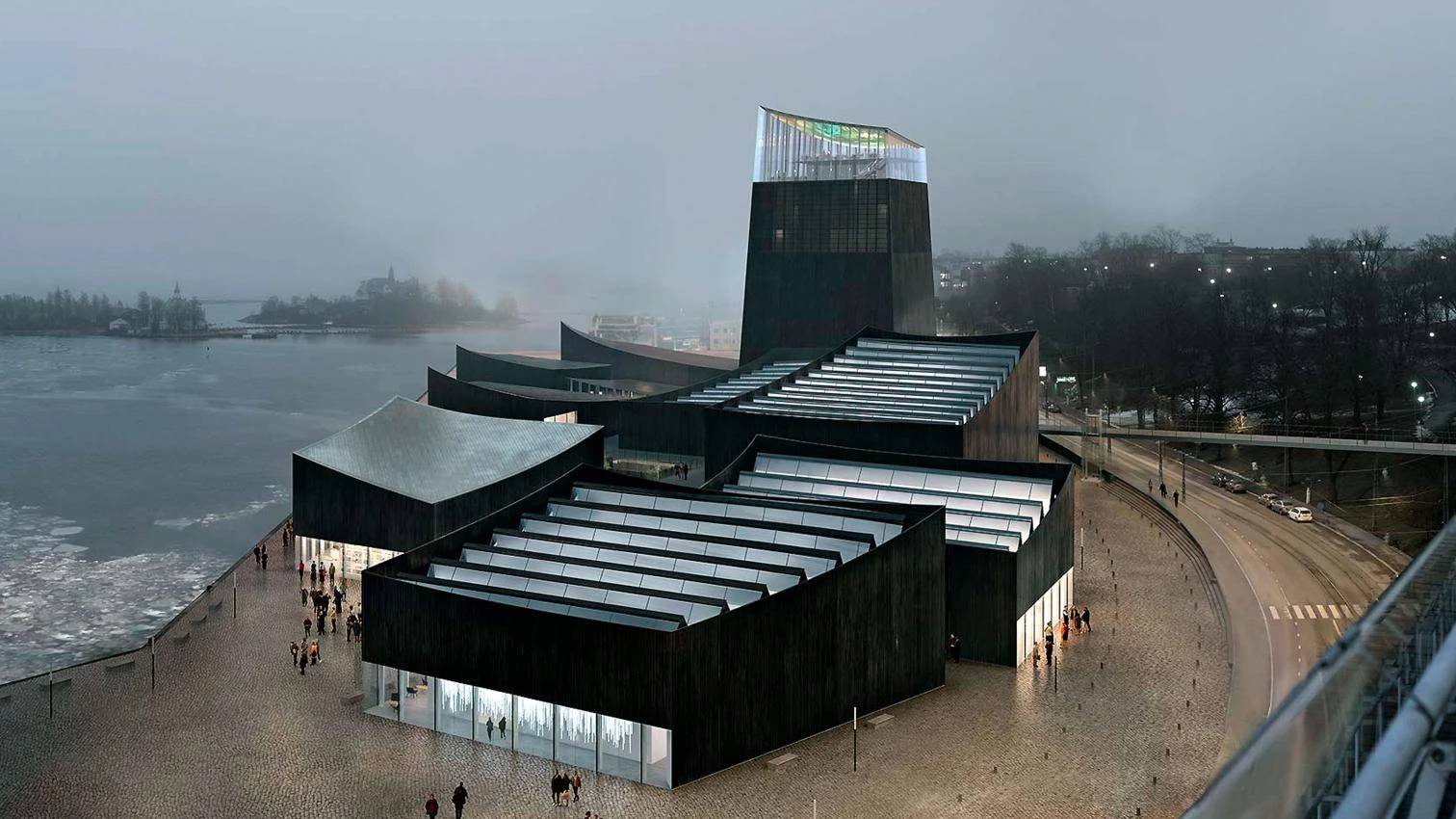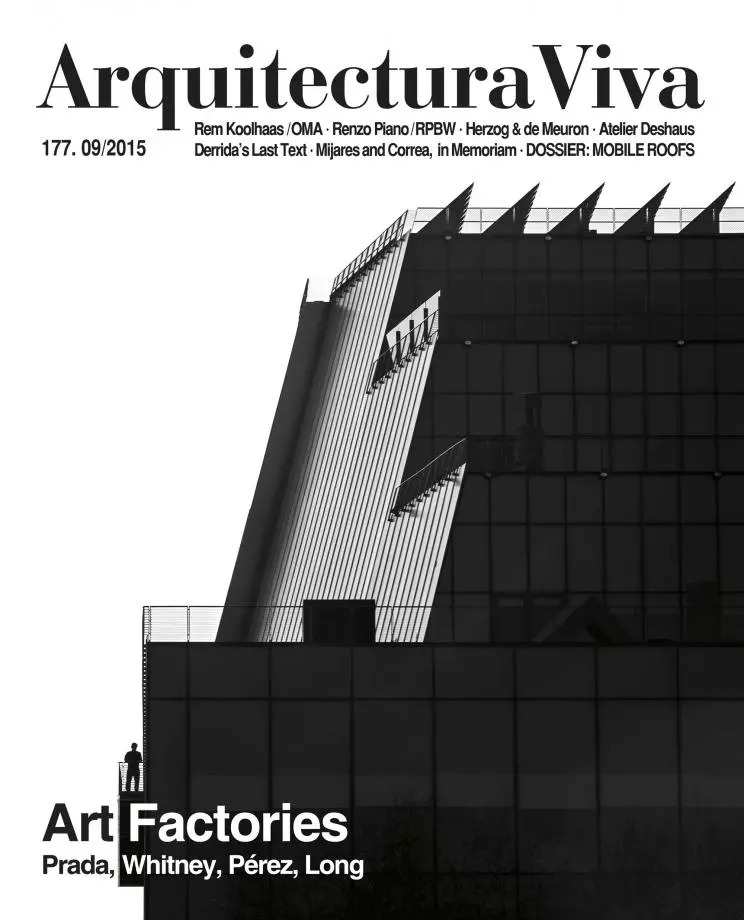
The competition for the Guggenheim Museum of Helsinki has been one of the most talked about here in recent years, at least because of the number of entries that were submitted in phase one (a total of 1,715 coming from all over the world) and because of the youth and discreet nature of the six shortlisted teams, including the eventual winner – the French-Japanese partnership of Nicolas Moreau and Hiroko Kusonoki – and the Spanish practices SMAR Architecture Studio and Fake Industries Architectural Agonism. With the announcement of the jury’s decision it seems that, in the wake of the global consequences of the so-called ‘Bilbao effect,’ the Salomon R. Guggenheim Foundation has now opted for restraint; a change of course that also finds explanation in the austere, Nordic tradition of the city of Helsinki.
Nordic and austere is, no doubt, the winning design: a complex of formally autonomous volumes set directly on the ground and clad with thermo-treated black wood, with only a tower jutting up, acting as a landmark, in a project that otherwise adapts to the surrounding environment with much delicacy. All this was taken into account by the competition judges. Headed by Mark Wigley and including the Madrid architect Juan Herreros, they found the fragmented and largely unhierarchical design for the new Guggenheim’s new outpost to be “deeply respectful of the site,” engaging in dialogue with the “waterfront, park, and city,” but in such a way that “forms and materials were distinctive and contemporary, without being iconic.”





